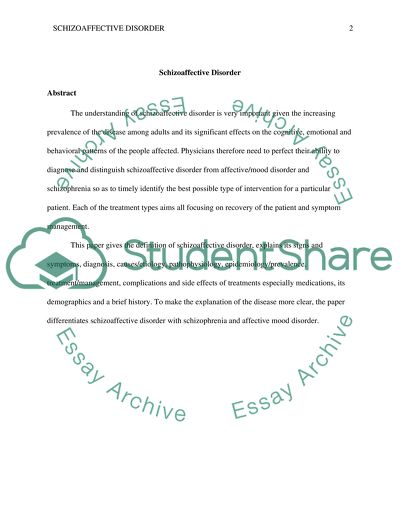Cite this document
(“Schizoaffective disorder Research Paper Example | Topics and Well Written Essays - 3000 words”, n.d.)
Retrieved de https://studentshare.org/psychology/1398361-schizoaffective-disorder
Retrieved de https://studentshare.org/psychology/1398361-schizoaffective-disorder
(Schizoaffective Disorder Research Paper Example | Topics and Well Written Essays - 3000 Words)
https://studentshare.org/psychology/1398361-schizoaffective-disorder.
https://studentshare.org/psychology/1398361-schizoaffective-disorder.
“Schizoaffective Disorder Research Paper Example | Topics and Well Written Essays - 3000 Words”, n.d. https://studentshare.org/psychology/1398361-schizoaffective-disorder.


